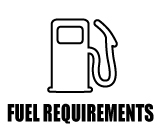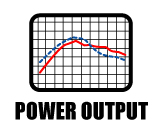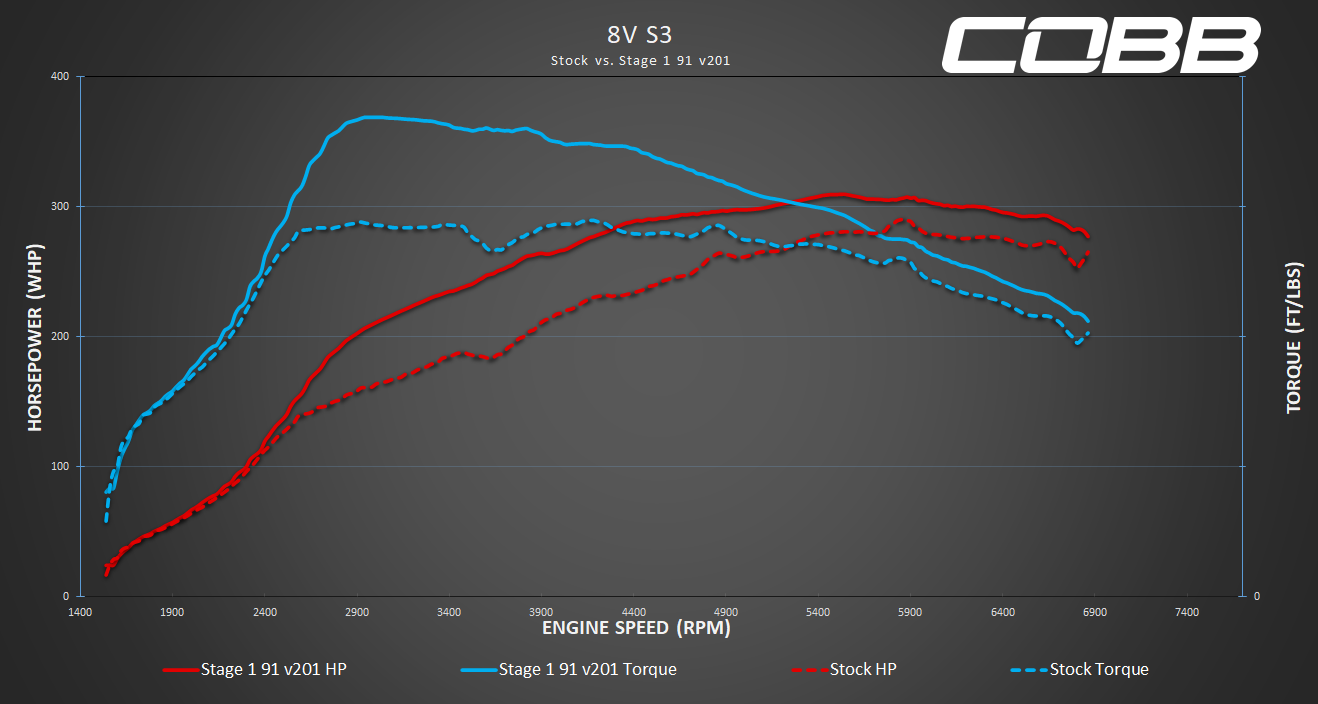Supported Vehicles:
- USDM 2015-2020 Audi 8V S3
Map Revision:
- Anti-Theft Mode v201
- Stage0 v201
- Valet Mode v201
- Stage1 91 v201
- Stage1 93 v201
- Note: Starting with Stage2, calibrations include increased power output over previous revisions. DSG vehicles require upgraded transmission tuning software at these stages.
Map Availability:
- Download from the COBB Tuning Audi S3 OTS Map Database.
Required Accessport Firmware:
| Warning | ||
|---|---|---|
| ||
Running a stage 2 map on a vehicle without an upgraded clutch or DSG tune may cause slipping or damage to your clutch/clutch pack. |
COBB Custom ECU Features
COBB Custom Features: Volkswagen MK7, MK7.5, Audi 8V
Each map lists the minimum required octane. A higher octane fuel can be used safely on a map designed for lower octane. DO NOT use maps designed for higher octane with lower octane fuels. Top Tier gasoline should be used where available.
- Maps designated with "93" are for use with 93 and 94 octane fuel or better.
- Maps designated with "91" are for use with 91 and 92 octane fuel or better.
These maps are designed for E10 fuel (fuel with 10% ethanol content). For those who only have access to E0 fuel (fuel with 0% ethanol) it is recommended to use the "91" octane version of the maps and datalog the car to ensure your fuel is performing to the necessary level. This is especially important for those using Canadian 94 octane E0 fuel.
If you are unfamiliar with how to datalog using the Accessport or what to look for, you can find a guide on our website here.
If knock or detonation is present even when using the appropriate fuel, try reflashing a map that is intended for a lower octane fuel.
Stage 1 91
Stage 1 93
Map
Peak Gains*
Largest Gain*
Stage1 93 Octane
Stage 1 Maps
Intake Requirements: Stock airbox with stock air filter or drop-in replacement
Exhaust Requirements: Stock exhaust or upgraded cat-back exhaust
Boost Target:
91 Octane 95 RON Minimum: ~21 psi peak boost pressure tapering down to 16~ psi as you approach the 6800RPM redline, +/- ~1.5psi.
- 93 Octane 98 RON Minimum: ~22 psi peak boost pressure tapering down to ~16psi as you approach the 6800RPM redline, +/- ~1.5psi.
Results may vary. Power as tested on 2019 S3 S Tronic using these identical calibrations. Generally speaking, the 91 octane calibration has a richer fuel curve and a less aggressive ignition advance map to help compensate for 91 octane fuel and/or less than ideal atmospheric conditions. The map designed for 93 octane is the most aggressive. The 8V is relatively sensitive to charge air temperature and as such has dedicated tables to deal with charge air increases. It is important to consider final timing when analyzing power output.
To get a better idea of how to compare charts from one dyno or car to the next, check out the links below!
COBB U How to read a dyno chart and percentage gains.
*Peak gains are measured as the difference between the highest points of the two plots.
*Largest gains are measured as the largest gain at any single point between the two plots.
Stage 2
Intake Requirements: Stock Air Intake
Exhaust Requirements: Stock exhaust or upgraded cat-back exhaust
- Intercooler: AMS Performance Front Mount Intercooler Golf R
- Drivetrain: Upgraded Clutch or DSG Software Recommended
Boost Target:
91 Octane 95 RON Minimum: ~24 psi peak boost pressure tapering down to ~19 psi as you approach the 6800RPM redline, +/- ~1.5psi.
- 93 Octane 98 RON Minimum: ~25 psi peak boost pressure tapering down to ~21 psi as you approach the 6800RPM redline, +/- ~1.5psi.
Stage 3 Maps
Intake Requirements:Stock Air Intake
Exhaust Requirements: COBB Tuning Catted Downpipe with 3" Cat-back Exhaust
- Intercooler: AMS Performance Front Mount Intercooler Golf R
- Drivetrain: Upgraded Clutch or DSG Software Recommended
Boost Target:
91 Octane 95 RON Minimum:~27 psi peak boost pressure tapering down to ~20 psi as you approach the 6800RPM redline, +/- ~1.5psi.
- 93 Octane 98 RON Minimum: ~28 psi peak boost pressure tapering down to ~21psi as you approach the 6800RPM redline, +/- ~1.5psi.
COBB CCF Settings by Slot on Accessport
For more information on these features check our our guides COBB Custom Features: Volkswagen MQB Platforms
Flat Foot Shift RPM (Per Gear):Burn out mode Rev. Limit: 5000 RPM
Launch Control Rev. Limit by speed/slot:
| Note |
|---|
OTS maps with LC, FFS and TC adjustments available on the Accessport: The values in the adjustments menu on the AP are temporary and will not persist after an extended key off time (apporx. 5-30 minutes). This is normal and the default values will be loaded the next time the feature is used. |
Non-Performance Maps
Anti-Theft Mode
Will not allow vehicle to start
Valet
Fuel Requirements: 91 octane or better
Intake Requirements: Stock airbox and stock air filter
Exhaust Requirements: Stock exhaust
Boost Targets: Mechanical minimum
Rev Limiter: 3000RPM
*Not intended for aggressive driving*
High Altitude:
A quick note for those of you that live at higher altitudes: it is common for turbocharged cars at higher altitudes to run less boost pressure due to lower air pressure and air density. Your turbocharger has to work harder to compress a less dense air mass compared to the same turbocharger at sea level. This must be factored in when determining if your turbocharger is running the proper amount of boost pressure and not being pushed beyond its efficiency range.
Example: If you live in Denver at 5280 ft. and are trying to run a peak boost pressure of 15 psi, your turbocharger has to work the equivalent of making ~17.5 psi at sea level.
There are barometric compensations within the factory ECU that lower boost targets as you climb in altitude in an effort to keep the turbocharger in its optimal range. The COBB performance maps utilize these compensations and therefore, it is perfectly normal for the final boost / load value to be lower than what is listed for your map.





